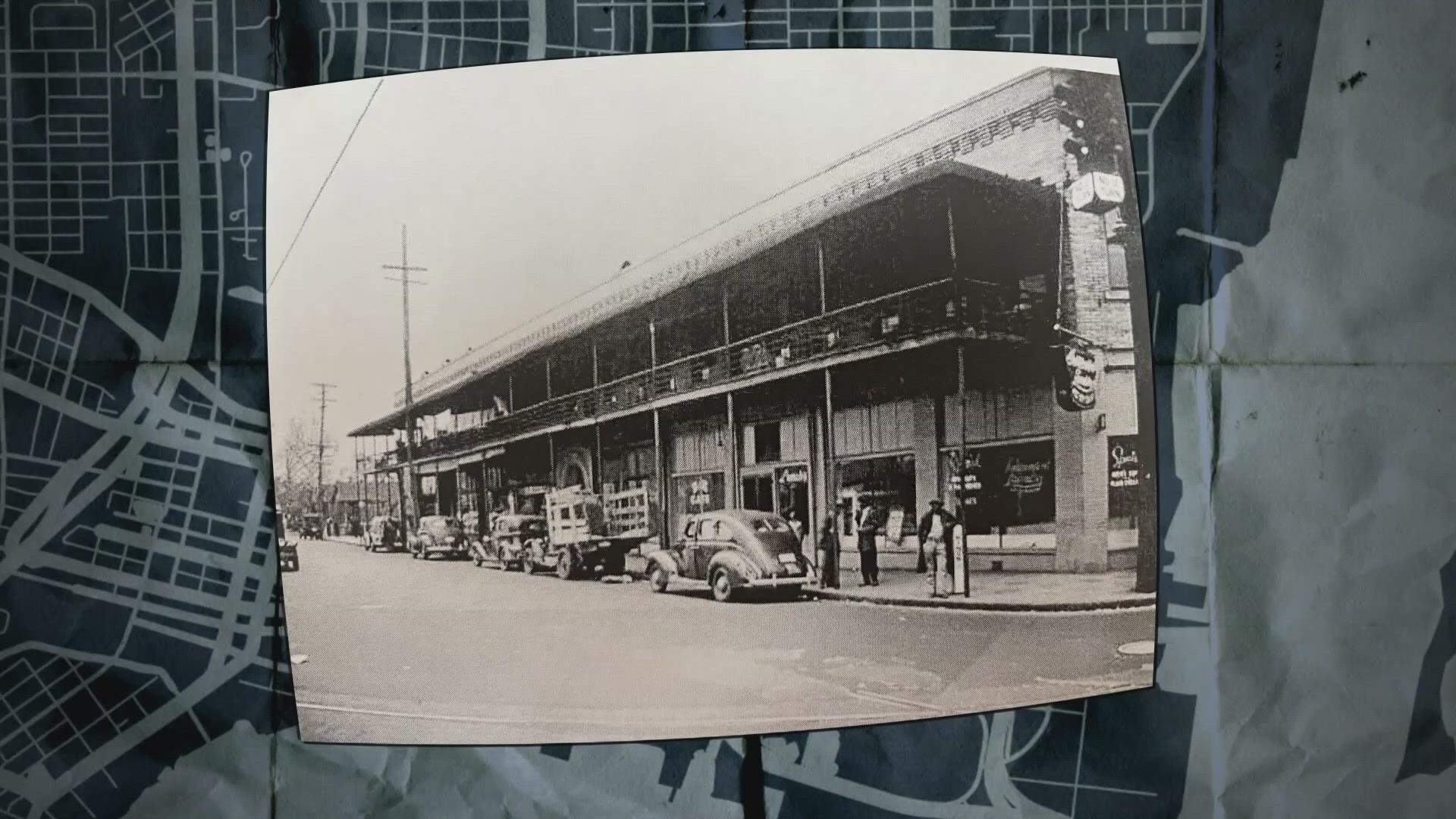JACKSONVILLE, Fla. — In the early-1900s, just west of Jacksonville's Springfield area, there was a community called 'Sugar Hill' where the most prominent African Americans in Jacksonville lived.
From the ashes of Jacksonville's Great Fire of 1901, emerged Sugar Hill, an area that flourished with prominent Black residents, millionaires, physicians and builders including Abraham Lincoln Lewis, Joseph H. Blodgett and William Raines.
"You could look within yourself and realize that yes, I too am America, yes, I too can live a beautiful life," Marsha Dean Phelts said.
A Jacksonville native, Phelts grew up just blocks away from the sweet streets of Sugar Hill where pricey cars rolled into the driveways of huge well-kept homes. It was the epicenter of Black economic prosperity in the city, along Hogans Creek and Springfield Park.
"I would walk to Sugar Hill from my home en route to my grandmother's house and en route to the YWCA," Phelts told First Coast News.
Fueling development in Sugar Hill was 'The Colored Man's Railroad,' owned by the North Jacksonville Street Railway, Town and Improvement Company. The streetcar line was initially Black-owned and it connected Northwest Jacksonville with the city's Downtown. The vibrant, tight-knit community flourished for decades.
"With Sugar Hill and businesses in the Black corridor, you had your opportunity to support businesses where you had respect, and your business was welcomed," Phelts said.
Sugar Hill was ultimately destroyed by urban renewal. Development in the 1950s and 1960s ravaged the elegant neighborhood. The expansion of St. Luke's, Duval, and Methodist hospitals all ripped through the area. The medical facilities were later moved to other parts of town. Homes were bulldozed for various projects, including highway development and the construction of what's now UF Health Jacksonville.
"There were some blighted areas but, that was no cause for Sugar Hill to come down," Phelts said. "Sugar Hill came down because of 'urban removal,' because we want this corridor, we need this corridor."
Sugar Hill no longer exists, but the pride it produced still lives in those who experienced it.
"Sugar hill was the realization of a dream," Phelts said.
Vivid Hues: Sugar Hill, featured artist Teresa Cook.
On Thursday, Feb. 29 at 7:30 p.m. on ABC 25, First Coast News, On Your Side presents Vivid Hues: Stories of Black History. The special 30-minute presentation features Jacksonville artists and historymakers sharing significant historical events and people in Black history, and will be streaming on First Coast News Plus soon.

